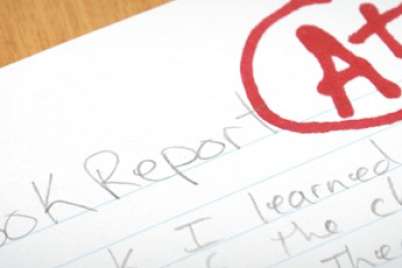
5 ways to help assess your child’s pain
Physically literate kids enjoy the many benefits of being physically active, in both childhood and throughout life. But being an active kid, one who tries everything from rock climbing to roller-blading, doesn’t come without risks. Having the confidence to be adventurous and try new activities opens the door to potential injury and can leave parents watching from behind covering hands.
Obviously, no one likes to see a child in discomfort. But it’s important to be able to assess when they’re in pain in order to effectively manage it. All children, including infants, feel pain, and the way they express their pain is as unique as their personality. As a parent or coach, there are measures you can take in combination to identify pain in children, as well as opportunities to teach kids about their own pain.
1. What does the child report?
Pain is subjective and every child expresses it in their own way. Asking children what they feel, regardless of the source of pain, is an important insight into their experience.
2. What do you see?
Did you witness the cause of injury? This could be a good starting point but it doesn’t tell the whole story. Children often express pain through changes in their behaviour, including persistent crying and guarding of body parts. Adults who are familiar with the child can give a reliable report.
3. What does the body say?
The way the body reacts to pain can be an important piece of the puzzle. Physiological responses such as increased heart rate and the presence of sweating can be indicators of pain in children.
4. What does it feel like?
When you teach children words to describe their pain they will be better able to communicate their personal experience. It’s also important to ask neutral questions (“What does the pain feel like?” “Where does it hurt?”) and encourage a truthful response to get the best measure of pain.
5. Which “face” represents how it feels?
Pain assessment tools can contribute to the understanding of a child’s pain experience, as well as give health care providers helpful indicators by using a valid measure. The Faces Pain Scale shows pictures of facial expressions and encourages children to choose an image that represents their pain. Images and instructions about the tool can be found in a number of different languages.
When pain in children is assessed and treated effectively, they can get back to being their active and adventurous selves sooner.





